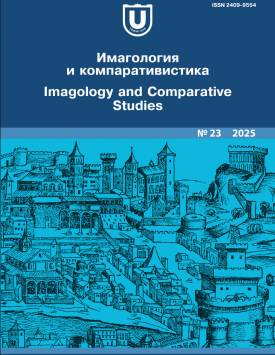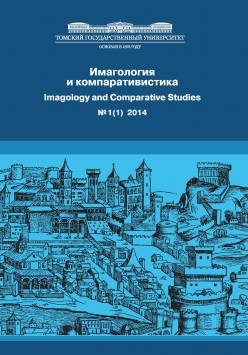Yermak in the visual culture of the second half of the 19th century: From the Millennium of Russia monument to Vasily Surikov’s painting The Conquest of Siberia by Yermak
In Russian fine art of the second half of the 19th century, the conqueror of Siberia Yermak Timofeevich first appears in works that have received the status of national cultural property, which are in the field of attraction of the “highest attention” and form the official vision of the “national hero”. Development of the Russian art school, which during the 19th century constantly refers to significant episodes of national history, forms a current visual representation of the Cossack chieftain in the works of artists and sculptors, and contributes to the inclusion of the plot of the conquest of Siberia and Yermak in the state myth. It was in the context of historical events of the second half of the 19th century (Russia’s defeats in the Crimean War of 1853-1856, liberal reforms of Alexander II, aesthetic orientation to the East) that the image of Yermak is constantly updated, which indicates that the image of the Cossack leader is an important indicator of changes in the social, political and cultural life of the country. The research material was Millennium of Russia, a monument by Mikhail Mikeshin, and The Conquest of Siberia by Yermak, a painting by Vasily Surikov, which indicate the key points in the transformation of the image of Yermak in visual culture and historical memory. The key visual works of Russian art that indicate the development of Yermak’s image in different historical periods are identified. From a lone hero created by Semyon Remezov in The History of Siberia, and supported in the architectural plot of the Millennium of Russia monument, by the end of the 19th century Yermak develops into an integral part of the entire squad, implementing the chronicle formula “Yermak and his comrades” in the painting by Surikov Thus, at the beginning of the 19th century, the visual image of Yermak, which had been in the marginal position for a long time before, gained demand in folk pictures, where the Cossack ataman represents only a scheme adjusted to the individual capabilities of the artist: his knowledge of history and painting, At the end of the 19th century, Yermak became the main figure in the representation of the historical events of the conquest of Siberia. In many ways, it is national works of art such as the Millennium of Russia monument and Surikov’s painting that show the significance and scale of historical events and help create a historically accurate and popular image of Yermak.
Keywords
Yermak, Conquest of Siberia, visual culture, representation, Millennium of Russia monument, Conquest of Siberia by Yermak, Mikhail Mikeshin, Vasily SurikovAuthors
| Name | Organization | |
| Nadtochiy Ekaterina E. | Siberian Federal University | nadtokaterina@gmail.com |
References

Yermak in the visual culture of the second half of the 19th century: From the Millennium of Russia monument to Vasily Surikov’s painting The Conquest of Siberia by Yermak | Imagologiya i komparativistika – Imagology and Comparative Studies. 2025. № 23. DOI: 10.17223/24099554/23/12
